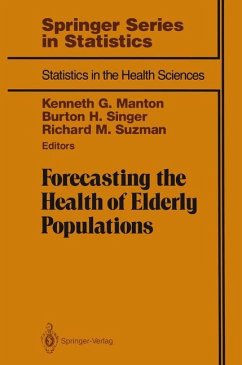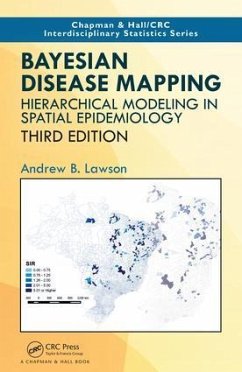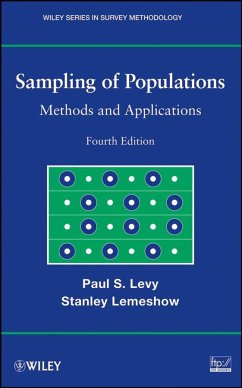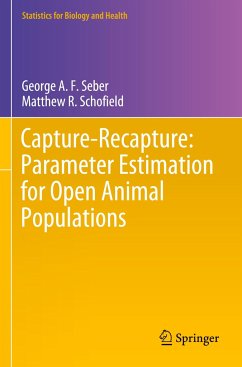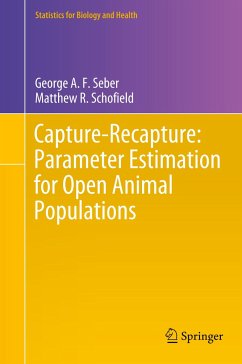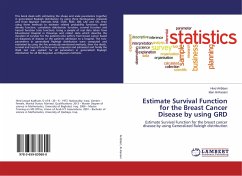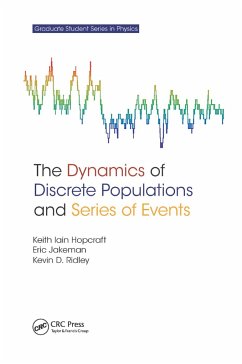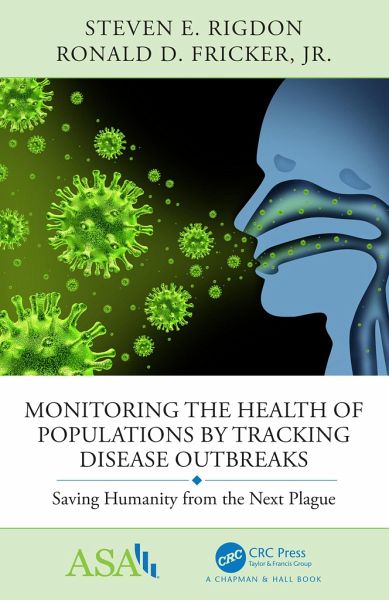
Monitoring the Health of Populations by Tracking Disease Outbreaks
Saving Humanity from the Next Plague
Versandkostenfrei!
Versandfertig in 1-2 Wochen
122,99 €
inkl. MwSt.
Weitere Ausgaben:

PAYBACK Punkte
61 °P sammeln!
Not since the Spanish flu have citizens of developed counties experienced such a large-scale disease outbreak. One reason is the success of the public health community in tracking and identifying disease outbreaks. This book is the story of the application of statistics for disease detection and tracking.





